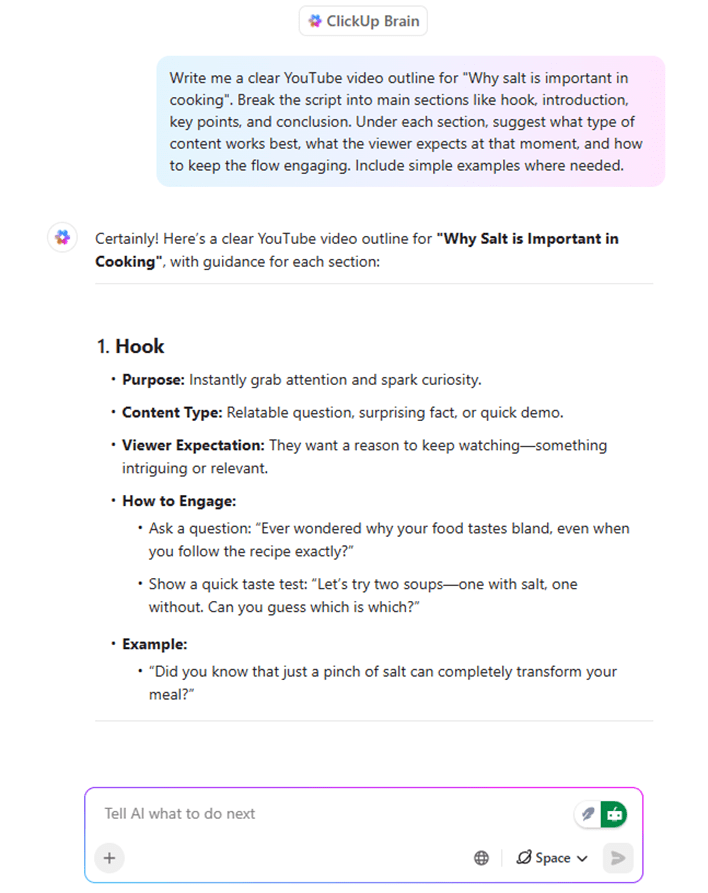A few years back, whenever I heard of AI/ML engineering, I would assume that using Python for these programs was essential. But this seems to be changing with the exponential increase in usage and deployment of AI applications. While Python continues to be the most commonly used programming language for training ML models and AI engineering experimentation, there are many components involved in AI engineering today that could benefit from other languages. One such powerful language (and my favorite) is Golang. We can use Golang for developing production-ready AI programs where high-performance and low latency is crucial, and we can also benefit from using Golang to provide infrastructure for AI applications.
Python for experiments, Golang for operations
Python remains the go-to choice for training models and quick experimentation. But when it’s time to utilize these models through applications run on a large scale, choosing Golang will be beneficial as it offers:
- Fast startup and low memory footprint
- Built-in concurrency with goroutines
- Single binary builds (perfect for Docker and k8s)
That’s why many companies use Go in their production stacks.
Golang’s built-in support for concurrency, and low memory footprint compared to other languages make it ideal for many use cases. In this post I specifically want to talk about how beneficial Golang can be when used in preprocessing pipelines for LLMs.
High throughput pre-processing of prompts
LLM pipelines often involve multiple steps: preprocessing, prompt augmentation, vector search, post-processing. Go’s concurrency model makes this easy to parallelize with the use of goroutines and channels.
Let’s consider the use case of building an application that pre-processes prompts before sending to LLM. Pre-processing could involve many steps: enriching the prompt with additional context, running safety filters or removing PII. If we want to perform this in a high throughput low-latency setup, Golang’s concurrency constructs such as goroutines and wait groups will be great for this application. Each pre-processing step can be CPU-bound or I/O-bound. Some tasks may take longer based on the nature of the task. Even if other tasks could be faster, performing all tasks sequentially can lead to high latency.
Parallel processing of prompts on the other hand can reduce the total time taken for processing prompts, and keep the overall latency of the system low. This also improves utilization of the available CPU cores.
This approach can be used either for applications that stream prompts as they come, or process and send them in batches.
The example below will cover a very simple pre-processing use case: PII redaction to remove email addresses, and converting the prompt to lowercase. Using Golang, we can pre-process several prompts in parallel through goroutines.
func processBatch(prompts []string) []string {
var wg sync.WaitGroup
responses := make([]string, len(prompts))
for i, prompt := range prompts {
wg.Add(1)
go func(i int, prompt string) {
defer wg.Done()
processed := processPrompt(prompt)
response, err := sendToOllama(processed)
if err != nil {
panic(err)
}
responses[i] = response
}(i, prompt)
}
wg.Wait()
return responses
}
func processPrompt(prompt string) string {
prompt = lowercase(prompt)
prompt = redactPII(prompt)
return prompt
}
func lowercase(prompt string) string {
return strings.ToLower(prompt)
}
func redactPII(prompt string) string {
var emailRegex = regexp.MustCompile(`[a-zA-Z0-9._%+-]+@[a-zA-Z0-9.-]+.[a-zA-Z]{2,}`)
redactedWord := emailRegex.ReplaceAllString(prompt, "email")
return redactedWord
}
For this example we’re going to run a local LLM server through Ollama. It is open source and can be setup easily.
LLM server installation
brew install ollama
ollama serve
In a new terminal tab
ollama run mistral
Sending pre-processed prompts to LLM
Locally running LLM server through Ollama can accept JSON requests at path http://localhost:11434/api/generate
We can send the pre-processed prompts in POST request bodies to that endpoint
type OllamaRequest struct {
Model string `json:"model"`
Prompt string `json:"prompt"`
Stream bool `json:"stream"`
}
type OllamaResponse struct {
Response string `json:"response"`
}
func sendToOllama(prompt string) (string, error) {
reqBody := OllamaRequest{
Model: "mistral",
Prompt: prompt,
Stream: false,
}
data, _ := json.Marshal(reqBody)
resp, err := http.Post("http://localhost:11434/api/generate", "application/json", bytes.NewBuffer(data))
if err != nil {
return "", err
}
defer resp.Body.Close()
var result OllamaResponse
if err := json.NewDecoder(resp.Body).Decode(&result); err != nil {
return "", err
}
return result.Response, nil
}
Verification
Here’s what a sample input of prompts can look like:
var prompts = []string{
"What's the weather today?",
"My email is [email protected]. Can you summarize this?",
}
And the corresponding output:
2025/07/05 23:57:20 I don't have real-time capabilities to check the weather for you, but I can help you find out if you tell me your location! For example, you could ask "What's the weather like in San Francisco?" or specify a more specific location.
2025/07/05 23:57:20 I'm sorry for the confusion, but it seems there's no text provided for me to summarize. If you have a specific email or message that you'd like me to summarize, please paste it here or provide a link if it's accessible online. I'll do my best to help!
Real-world applications
The example we saw above was a very simplified version of what a pre-processing pipeline could look like. Data processing pipelines are extremely important for variety of reasons. For instance, when developing an AI chatbot, a pre-processing pipeline is required for cleaning input and standardization and tokenization. Redacting PII before prompts are passed to LLMs is essential for user privacy and can be done through preprocessing pipelines. Golang’s lightweight concurrency model makes it ideal for scaling these pipelines without the overhead of managing thread pools or async callbacks.
What’s next?
Python will continue to be the most widely used language in AI/ML space, due to its vast support for libraries required in this space and widespread adoption. But I think we should continue exploring usage of other languages where applicable depending on the use case. For instance, utilizing Golang’s best features where needed such as in high-throughput services, low-latency preprocessing, and infrastructure that needs to scale. The preprocessing pipeline we built here is just one example – you could extend this pattern for rate limiting, caching, or building API gateways for your AI services.
What’s your experience been with Go in AI infrastructure? I’d love to hear about other use cases in the comments.












